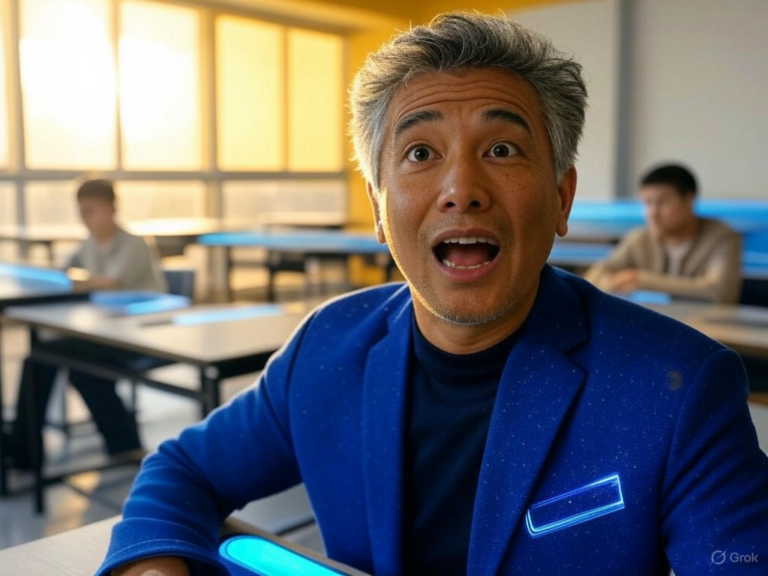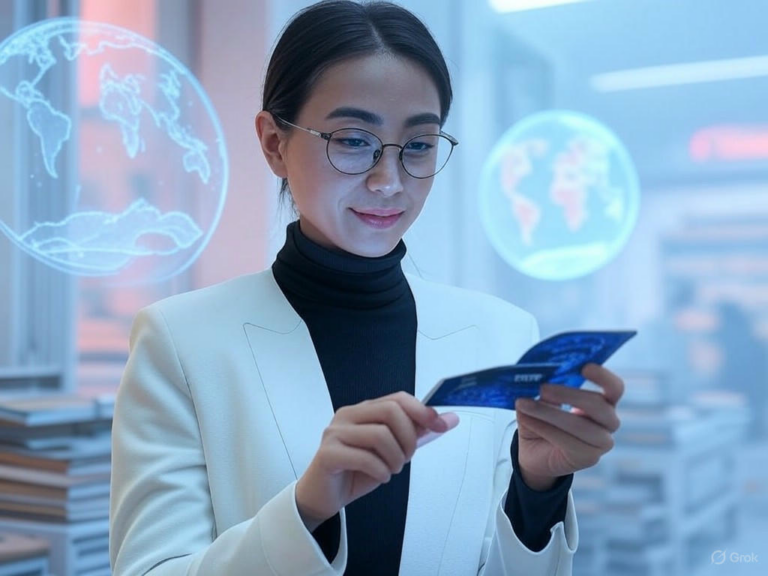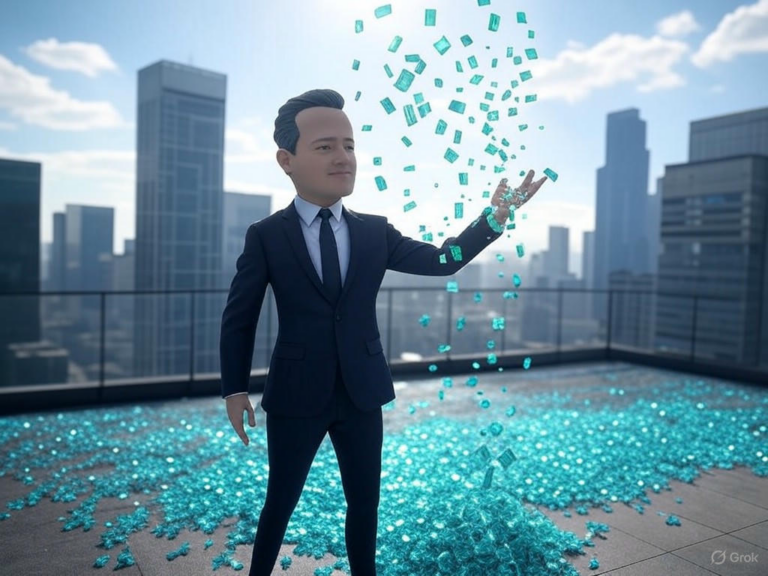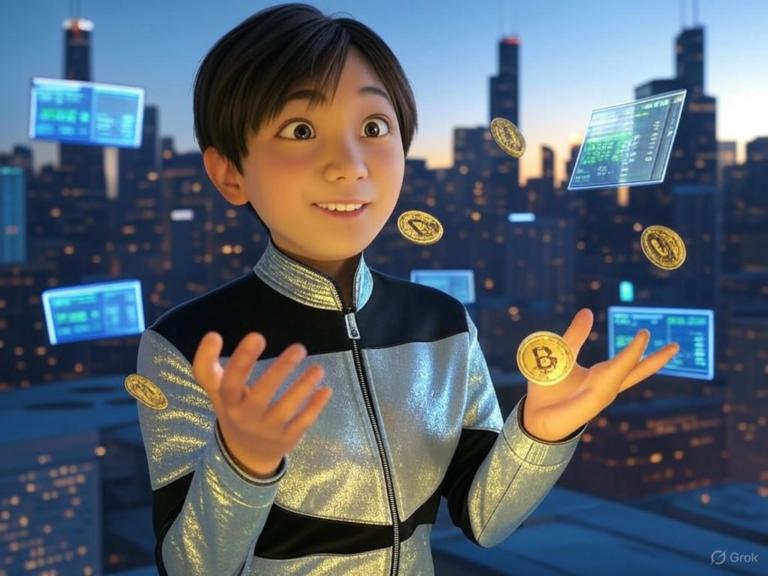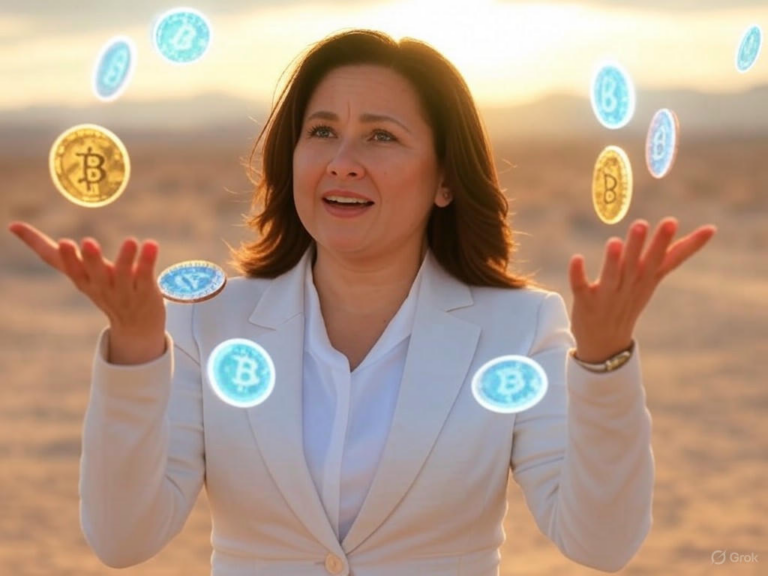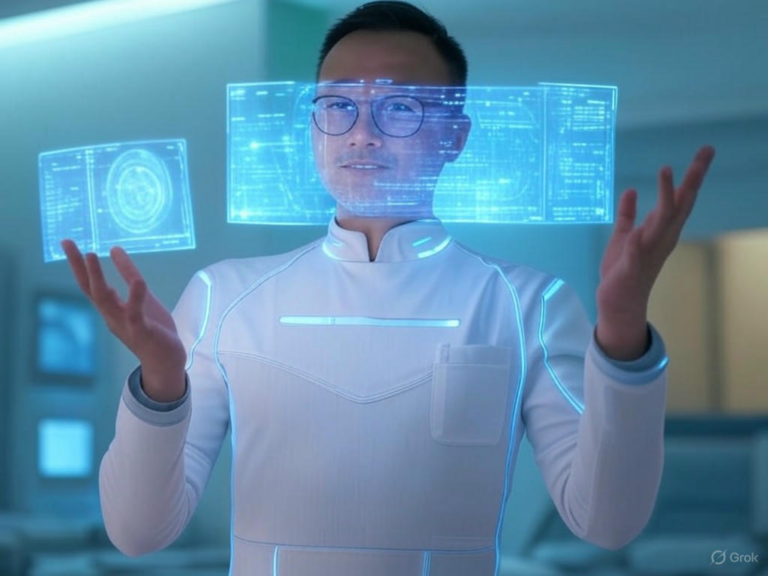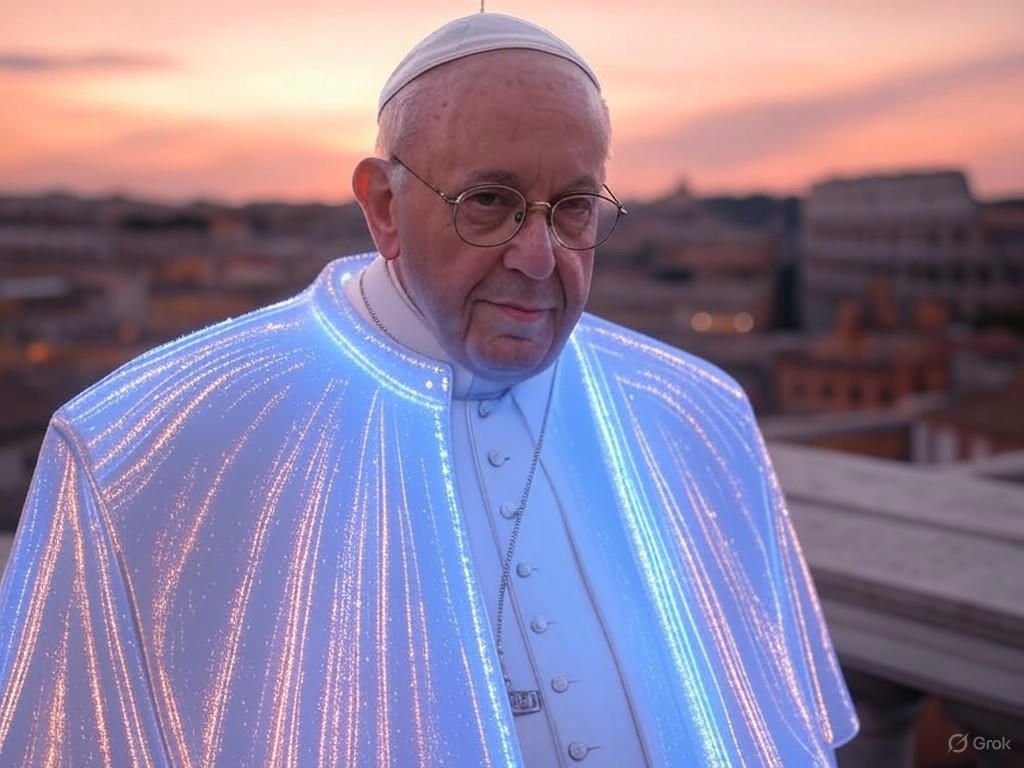
Pope Trump Outrage Ignites Jokes Amid Cardinals’ Rome Gathering
Trump’s AI-Generated Pope Photo Sparks Widespread Controversy During Vatican Preparations
Imagine a world leader blending politics with a dash of digital creativity, only to stir up a storm that echoes through sacred halls. That’s exactly what happened when President Donald Trump shared an AI-generated image of himself as the pope on Truth Social, just as 133 cardinals were gearing up for a pivotal gathering in Rome. This Trump’s AI-generated Pope photo hit social feeds on May 3, 2025, showing him in papal robes, seated like a figure of authority, and it quickly became a flashpoint for debate.
The timing couldn’t have been more sensitive, coming right after Pope Francis’s funeral and ahead of the conclave on May 7. Critics saw it as a disrespectful jab at Catholic traditions, while others brushed it off as harmless fun. Have you ever wondered how a single image can bridge—or widen—the gap between faith and politics?
As AI tools grow more advanced, this incident highlights how they can blur reality and satire, especially in high-stakes moments like electing a new pope. The White House’s decision to reshare it only fueled the fire, drawing sharp responses from religious figures and sparking conversations about respect for institutions in our digital age.
Exploring Trump’s “Papal Aspirations” in the Spotlight
This wasn’t Trump’s first foray into playful—or provocative—comments about the papacy. Just days before the AI-generated Pope photo went viral, he joked to reporters about wanting to be pope, calling it his “No. 1 choice” during a casual chat outside the White House on April 29. It was a lighthearted remark, but it landed amid a backdrop of real-world events, like his attendance at Pope Francis’s funeral alongside First Lady Melania Trump.
There, he even met Ukrainian President Volodymyr Zelenskyy, blending diplomacy with mourning. Trump quickly clarified he had no real stake in the papal race, though he gave a nod to Cardinal Timothy Dolan of New York as a strong contender. It’s moments like these that make you pause and think: How do personal ambitions intersect with global religious events?
These comments set the stage for the image controversy, showing how a president’s words can amplify when paired with technology. In an era where social media reigns, even a jest can ripple into something much larger.
Cardinal Dolan’s Take: A “Brutta Figura” Moment
Cardinal Timothy Dolan didn’t hold back when addressing the uproar. While in Rome for the conclave preparations, he spoke to reporters on May 4, describing the Trump’s AI-generated Pope photo as making a “brutta figura,” an Italian term for a poor impression. It was a diplomatic yet pointed critique, especially from someone Trump had publicly endorsed as a potential papal candidate.
Dolan, celebrating Mass at his titular church, hoped Trump wasn’t directly involved, maintaining a tone of grace amid the tension. This response underscores the delicate balance religious leaders must strike in public discourse. Could this be a teachable moment on the power of words and images in our interconnected world?
His words echoed wider sentiments, reminding us that humor in one circle can feel like mockery in another.
Catholic Leaders Voice Strong Concerns
Other Catholic figures were even more outspoken. The New York State Catholic Conference took to social media, calling out the image as neither clever nor funny, especially with the church still mourning Pope Francis. They urged respect during this solemn time as cardinals prepared for the conclave.
Public Backlash and Media Frenzy Around the AI-Generated Pope Photo
Meanwhile, Bishop Thomas Paprocki labeled it “deeply concerning,” arguing it disrespected God and the church. Italian newspapers splashed the story across their front pages on May 5, with most condemning it, though some right-leaning outlets framed it as satire. This split reaction shows how Trump’s AI-generated Pope photo divided opinions, with social media buzzing from defenders claiming it was just a joke to critics decrying it as tasteless.
Former RNC chair Michael Steele called it a sign of Trump’s unserious nature, while everyday folks in St. Peter’s Square shared mixed views—some urging to lighten up, others finding it outright ridiculous. It’s fascinating how one post can ignite such a spectrum of responses, don’t you think?
In this digital whirlwind, the incident serves as a reminder of how quickly online content can escalate.
Trump’s Defense Amid the Growing Backlash
When the criticism mounted, Trump dismissed it during a May 5 press briefing, claiming “the Catholics loved it” and suggesting everyone needed to have a little fun. He tried to distance himself, saying he had nothing to do with creating or sharing the image, despite evidence pointing otherwise.
This pushback only added layers to the story, raising questions about accountability in the age of AI. If a leader’s team amplifies such content, does it still count as personal or official? It’s a gray area that’s becoming more common in politics today.
Yet, his response highlighted the challenges of navigating public perception in a hyper-connected world.
Vatican’s Stance and the Road to the Conclave
The Vatican played it cool, with spokesman Matteo Bruni opting not to comment directly on the photo. Instead, focus shifted to the upcoming conclave on May 7, where cardinals would select Pope Francis’s successor following his passing at age 88 from heart failure.
This event marks a historic moment, with no U.S. pope yet, though figures like Cardinal Dolan keep the possibility alive. The AI-generated Pope photo controversy, in many ways, overshadowed these preparations, but it also prompted deeper reflections on faith’s role in modern society.
As the world watched, it was clear this wasn’t just about one image—it’s about the bigger picture of respect and technology.
The Rising Role of AI in Political Imagery
At its core, this incident shines a light on how AI is reshaping politics. Tools that create realistic images can twist narratives, making it harder to distinguish fact from fiction. Trump’s case with the Trump’s AI-generated Pope photo is a prime example, illustrating the risks when such tech enters sensitive arenas like religion.
Unpacking the Deeper Meaning of Papal Transitions
Msgr. Gianfranco Mammoli drew from scripture to contrast the controversy, reflecting on Jesus’s simple question to Peter: “Do you love me?” It served as a poignant reminder that leadership in the church is about devotion, not digital antics. In a hypothetical scenario, imagine if AI could capture that essence—would it still spark outrage, or help bridge divides?
This blend of ancient tradition and modern innovation challenges us to think critically about AI’s place in our lives.
Where Politics and Religion Collide
Trump’s presence at the funeral itself fueled speculation, from photos suggesting he nodded off to his choice of a blue suit amid the sea of black ties. These details, combined with the AI photo, paint a picture of ongoing tensions between U.S. politics and global faith communities.
As the U.S. heads into election cycles, such moments remind us how intertwined these worlds are. What if more leaders used AI for positive outreach instead? It’s a question worth pondering for the future.
Ultimately, this episode underscores the need for sensitivity in public actions.
Future Implications for U.S.-Vatican Ties
Looking ahead, the AI-generated Pope photo could influence diplomatic relations, especially after Trump’s meetings in Rome led to deals like U.S. access to Ukrainian minerals. The conclave’s outcome might reshape how the White House engages with the Vatican, navigating this fresh controversy.
With Cardinal Dolan voting on May 7, it’s a pivotal time for both church and state. As we move forward, perhaps this serves as a catalyst for better dialogue between technology, politics, and faith.
So, what are your thoughts on balancing humor with respect in today’s digital landscape? I’d love to hear from you in the comments below—share this post if it got you thinking, or check out our related articles on AI ethics for more insights.
References
1. CBS News. “Trump’s AI-generated photo as pope draws Vatican backlash.” Link
2. USCCB. “Cardinal on Trump’s AI pope image: ‘It wasn’t good’.” Link
3. Salon. “Catholics loved it, Trump says of AI pope image critics.” Link
4. OSV News. “Cardinal calls AI image ‘not good’ amid conclave prep.” Link
5. Indy100. “Trump’s Truth Social post stirs Vatican controversy.” Link
6. Economic Times. “New York cardinal reacts to Trump’s AI pope image.” Link
7. YouTube Video. “Discussion on AI in politics.” Link
8. AInvest News. “AI controversy tests Trump’s brand.” Link
Trump’s AI-generated Pope photo, AI-generated pope image, Cardinal Dolan response, Catholic reaction, Vatican controversy, Pope Francis successor, Trump Pope image controversy, AI in politics, US-Vatican relations, Conclave preparation

